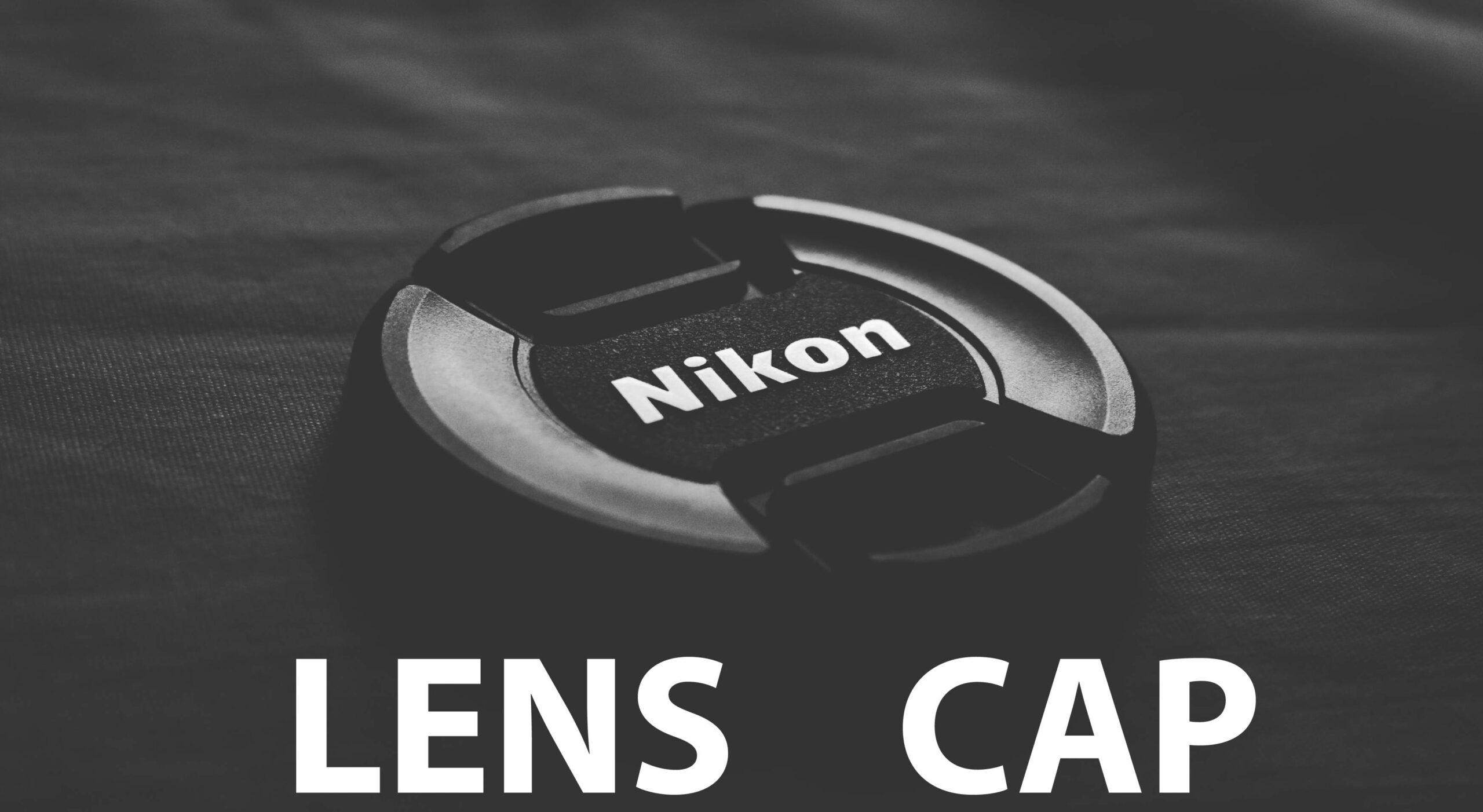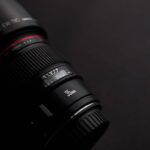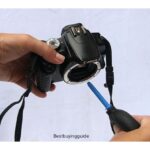When it comes to lens caps, there are several options. This article intends to make choosing a lens cap for your lens easier. You are going to be guided through identifying the type of lens cap you need so that you can choose the one that is best for what you need and make an informed decision.
Why do lens caps exist?
Lens covers for cameras are essential because they protect the lens from damage like scratches and fingerprints. While lens caps usually come with camera bodies and most lenses, you may lose them. If this occurs, you should get a replacement cap immediately.
The armory of any photographer is complete with lenses. It struggles to work if the lens breaks down, almost like an eye. When not in use, dust and packaging supplies can cover and damage the outer layer of the lens optics.
When not in use, camera and camcorder lenses are shielded by a lens cover or lens cap from scuffs, dust, and moderate impacts. There are another binocular lens covers, however, this buying guide is missing them.
Lens caps are available in two different types
front lens caps and rear lens caps These are unfortunately very easy to misplace, so buying a lens cap strap or lens tether is also an intelligent decision. All lens makers make lens caps, that are sold at all physical stores and online.
| Lens Caps | Lenses |
|---|---|
| Bronica ETR rear lens cap | Bronica ETR lenses |
| Bronica SQ rear lens cap | Bronica SQ lenses |
| Canon EOS rear lens cap | Canon EOS lenses |
| Canon FD rear lens cap | Canon FD or FL lenses |
| Hasselblad rear lens cap | Hasselblad lenses |
| Konica rear lens cap | Konica 35mm SLR lenses |
| Leica M rear lens cap | Leica M-series lenses |
| Leica R rear lens cap | Leica R – series lenses |
| Minolta Maxxum rear lens cap | Minolta Maxxum lenses |
| Minolta MD rear lens cap | Minolta MD and ML lenses |
| Nikon rear lens cap | Nikon manual focus AND Nikon Auto focus lenses |
| Olympus rear lens cap | Olympus manual focus lenses |
| Pentax K-mount | Pentax Autofocus and Manual focus bayonet-mount lenses (also used by Ricoh, Sears, Vivitar, etc..) |
| Yashica / Contax rear lens cap | Most Yashica and Contax lenses for 35mm SLR camera systems |
Lens Caps for Snap-On

The interior ring of the camera lens is where the Snap-On lenses are mounted. Photographers that use lenses that take filters ought to use this kind of cap. Verify that the camera lens cap & the filters are the same size. By looking at the side, front, or ring of the camera lens, you can figure out the size. The snap-on lens’ usual sizes are shown below:
58 mm, 62 mm, 67 mm, 72 mm lens cap, 77 mm, 82 mm, and 8 6 mm. 27 mm, 28 mm, 30 mm, 34 mm, 37 mm, 39 mm, 40.5 mm, 43 mm, 46 mm, 49 mm, 52 mm, and 55 mm lens caps
Lens Caps That Push On

The push-on caps, the most popular of the set, hardly cover the lens. These caps are common but less useful than Snap-On caps. You may have no other choice if the camera lens lacks filter threads.
A metric measure must be use to measure the lens to determine the correct size. You may then determine the size of the cap you require.
Proprietary Caps

The lens maker manufactures these caps, especially for a particular lens. These caps are unique and will cover more of the surface than lens covers of a typical size. The. manufacturer is the best place to get this kind of cap.
Rear lens caps

As the name implies, rear lens caps are used for the camera’s back after the lens has been removed. Only cameras that accept interchangeable lenses need the rear lens cover. You need to check the camera to determine if you need to wear this headgear. There are three types to choose from if one is required.
Bubble Levels
By turning and latching on the camera lens’s bayonet attachment, this cap is fastened to the lens.
Screw On

These kinds of lens cover are used with threaded mount lenses.
Push On

Since they slip over the camera mount, they are the most popular lens.
Despite the fact that there are three distinct types of rear lens covers, the easiest approach to selecting one is to be aware of the kind of camera you own. There are some lens covers that can only be used with certain lenses, such as the ones listed.
Top 5 lens cap manufacturers
Canon
Canon has made a name for itself as one of the top lens manufacturers. The lenses from Canon remain of the highest calibre. It come as no surprise that they are also amongst the biggest manufacturers of lens caps. For all of their lenses, they provide an unique cap.
Sigma
Sigma is a THIRD-PARTY lens manufacturer. Sigma’s lenses fit a variability of camera bodies. They make lens caps for all their products as well as third-party caps.
Tamron
Another third-party lens creator who produces its lens caps available for purchase is tamron. The lens caps of tamron lenses are additionally of high quality.
Nikon
Nikon is a giant in the field of photography that has been at the forefront of all things photographic and is involved in nearly every aspect. Their caps are of the highest quality. They manufacture caps especially for their lenses like all lens creators do.
FotodioX
Lens caps are among the parts made by Fotodiox for camera. Their items are well-made, and they offer accessories for vintage medium-format cameras as well as parts for rare and old cameras.
Conclusion
The function of lens caps is to safeguard the lens. You do not require a lens cap if there are other methods to protect the lens.
A transparent glass filter put in front of the lens is one popular technique. This has no optical advantage and probably significantly degrades the image, but if a thing does harm the lens, it will only harm the filter.
It is also easier to clean than the lens: remove it, wash in dishwashing detergent, rinse in pure water, shake dry, then use a microfiber cloth to remove away any leftover droplets
ALSO READ: Types of lenses for camera !!!




